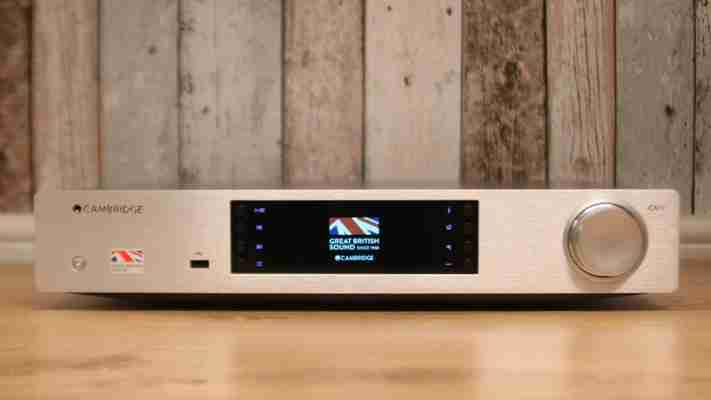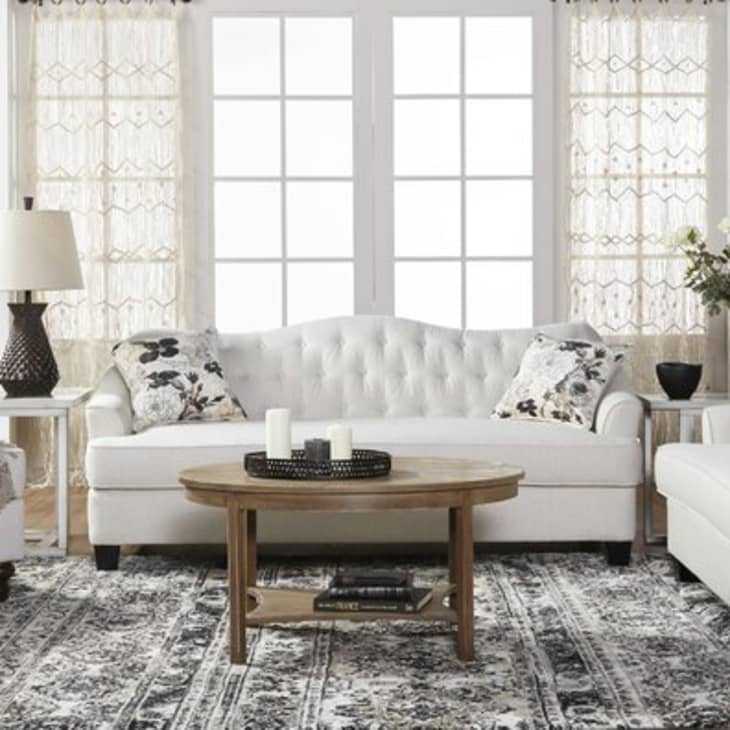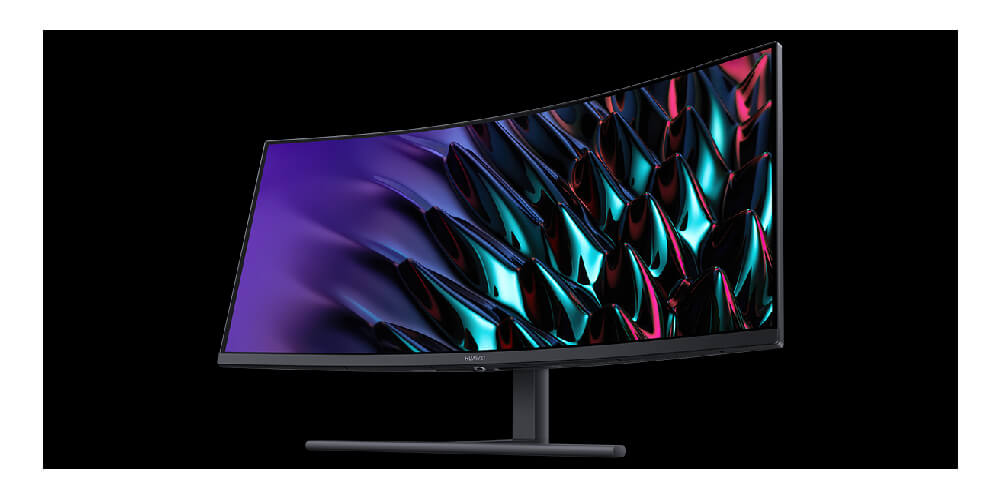Some might feel that Hi-Fi separates are a 20th-century way to listen to music, but Cambridge Audio’s CXN is about as modern as it gets. It’s a gorgeously designed hi-fi separate with all the wired and wireless connections you’d need to stream digital music from any device, including high-resolution FLAC files.
With a sleek silver brushed metal finish (it’s also available in black, if that’s the colour of your existing separates) and a 4.3in colour screen dominating the front panel, the CXN looks far simpler than the pre-amps, CD players and DACs it’s likely to sit on. The screen demands attention, displaying album art in full colour; while viewing angles and colour saturation aren’t the best we've seen, it’s still a massive improvement over the mono displays other media players use.
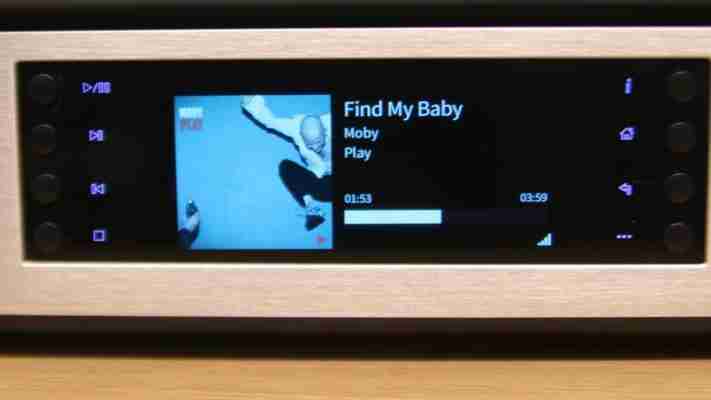
The menus are sensibly labelled and the screen has a high enough resolution that it’s easy to read from across the room. The backlight can be dimmed or turned off completely if you find it distracting, but as it displays album art prominently we preferred to leave it switched on to help us work out what was playing when using shuffle.
There’s no internal hard disk for storing your music library locally, but as long as you have a PC or NAS device on your network you’ll be able to stream files via the wired or wireless connections. Wi-Fi is included in the form of a dongle, rather than an integrated antenna, potentially so Cambridge Audio can upgrade the technology at a later date.
Unfortunately, there’s no built-in Bluetooth – you have to buy the BT100 dongle separately, which feels like penny-pinching at this price. Bluetooth audio quality might not meet the expectations of anyone with a library of Hi-Res audio files, but it's still useful for streaming the odd podcast from your phone. If you have an Apple device you can always use AirPlay streaming instead.
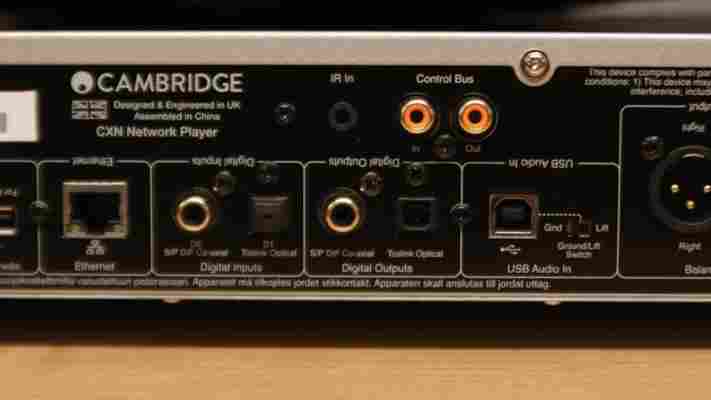
You can also connect a PC to the USB port to use it as an external sound card, or use the multiple digital and analogue inputs on the rear. Cleverly, all the labels are written upside down as well as right side up, so you can read them easily when leaning over the top of the unit to wire it up. As there's a digital pre-amp on board, you could connect a set of powered speakers and start playing music right away, but we tested with a separate amplifier and a pair of passive speakers.
